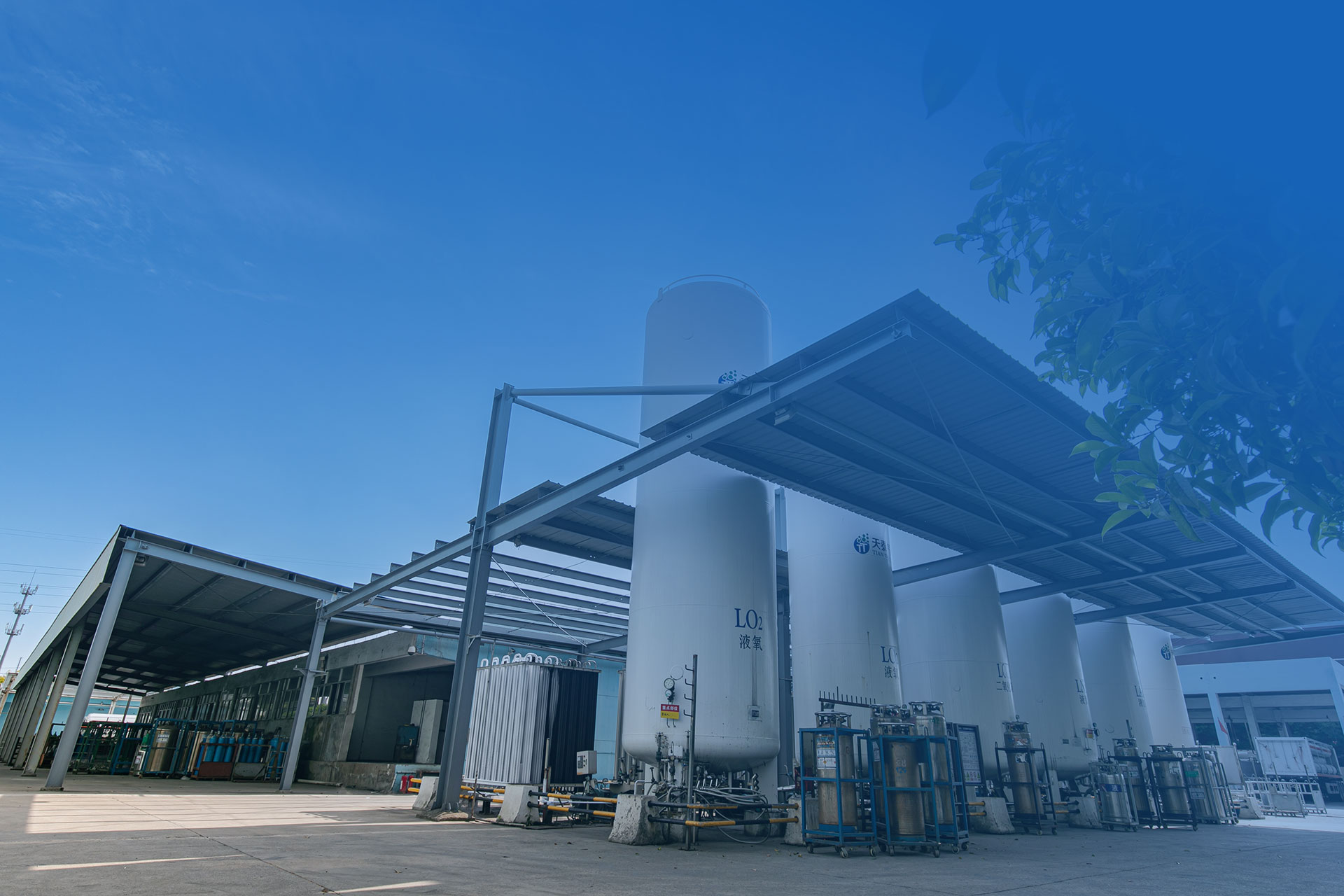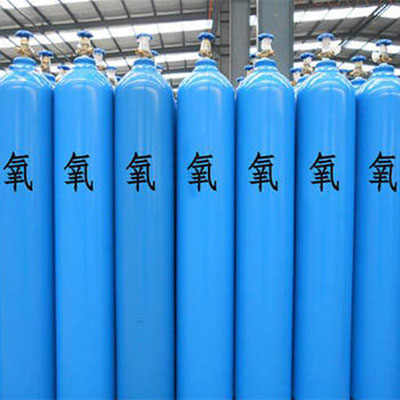
PRODUCTS
High purity oxygen
Packaging: 8-44L steel cylinder
Appearance: Colorless gas
Molar mass: 32g/mol
Melting point: -218.8
Density: 1.14
Solubility (water): 1.14(-183℃)
Boiling point: -181.3
GHS Hazard Classification: Oxidative gas classification 1
Main hazards: Avoid high concentration inhalation
Product Details
| No. | Name | Chemical formula | Purity (%) | Pressure (MPa) | Filling capacity (m³/Kg) | Valve threaded outlet |
| 1 | Carbon dioxide | CO2 | 99.999 | 6 | 20 | PX-32 |
| 2 | carbon dioxide | CO2 | 99.99 | 6 | 20 | PX-32 |
| 3 | carbon dioxide | CO2 | 99.9 | 6 | 20 | PX-32 |
| Purity | Impurity | Packaging | Valve | Executive standards | Purpose |
| ≥99.999% | H2≤0.5,Ar≤2,N2≤5,total hydrocarbon content ≤0.5,CO2≤0.5,H2O≤2 | Bottled and containerized | QF-90A | GB/T14599-2008 | High purity oxygen is used for chemical vapor deposition of silica; As an oxidation source and a reactant for producing high-purity water; Method of oxidation; Mixed with Carbon tetrafluoride for plasma etching. The main use of oxygen comes from its ability to sustain life and support combustion; It is widely used in the metallurgical industry. It can also be used for water quality treatment. All oxidation reactions and combustion processes require oxygen, such as removing impurities such as sulfur and phosphorus during steelmaking, and burning a mixture of oxygen and acetylene at temperatures up to 3500 ℃, used for welding and cutting steel. Glass manufacturing, cement production, mineral roasting, and hydrocarbon processing all require oxygen. |
| ≥99.9999% | H2≤0.1,Ar≤0.2,N2≤0.1,total hydrocarbon content ≤0.1,CO2≤0.1,H2O≤0.5 | CGA-540 | GB/T14604-2009 |
Product Usage:
Smelting process: During the steelmaking process, high-purity oxygen is blown, which reacts with carbon, phosphorus, sulfur, silicon, and other oxides. This not only reduces the carbon content of the steel, but also helps to remove impurities such as phosphorus, sulfur, and silicon. Moreover, the heat generated during the oxidation process is sufficient to maintain the temperature required for the steelmaking process. Therefore, oxygen blowing not only shortens the smelting time, but also improves the quality of the steel. During blast furnace ironmaking, increasing the oxygen concentration in the blast can reduce the coke ratio and increase production. In non-ferrous metal smelting, the use of enriched oxygen can also shorten smelting time and increase production.
Chemical industry: In the production of synthetic ammonia, oxygen is mainly used for the oxidation of feed gas to strengthen the process and increase fertilizer production. For example, high-temperature cracking of heavy oil and gasification of coal powder.
Arms industry: liquid oxygen is a good combustion supporting agent for modern rockets, and it is also needed as an oxidant in supersonic aircraft. Flammable materials impregnated with liquid oxygen have strong explosiveness, and can be used to make liquid oxygen explosives.
Medical care: breathing supply: used in anoxic, hypoxic or anaerobic environment, such as diving, Mountaineering, high-altitude flight, space navigation, medical rescue, etc.
Other aspects: It is used as a combustion aid in combination with combustible gases such as acetylene and propane to achieve the function of welding and cutting metal. It is widely used in various industries, especially in mechanical enterprises, and is also very convenient for cutting. It is a cutting method.

